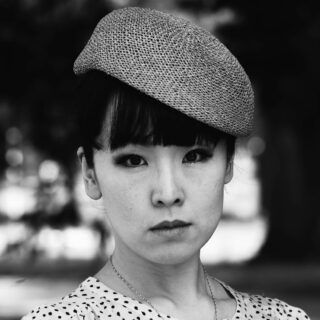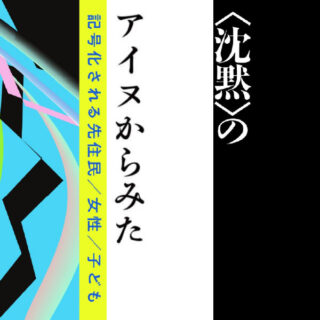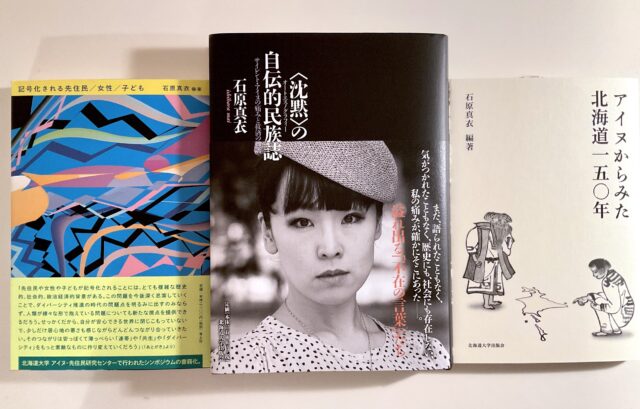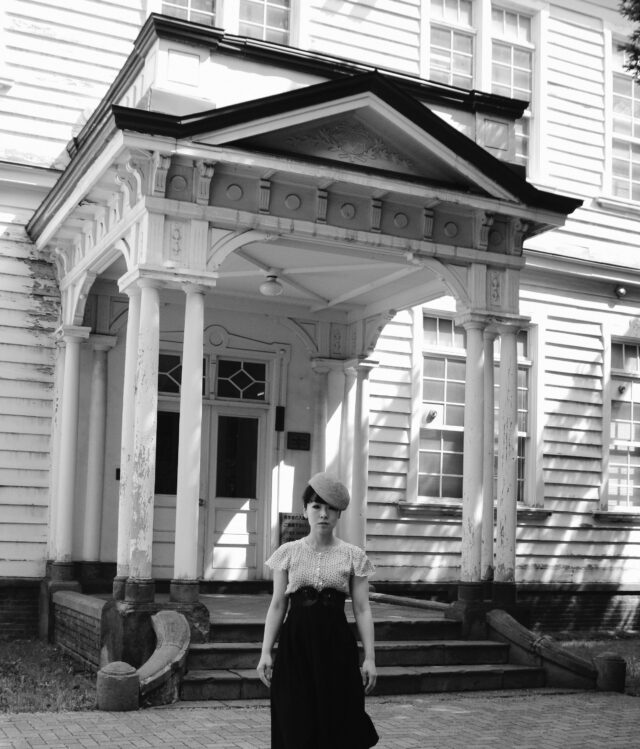Profile

- Research Subject
I am working on cultural anthropological research on invisible/silenced people. Silence does not emerge with hiding or passing but also absence of ‘words’ or exclusion of the third domain. I am starting to organize with interdiciplinary and international joint research on this topic.
- Research Fields
- Cultural anthropology, indigenous research
- Graduate School - Division / Department / Laboratory
- Division of Humanities / Department of Ainu and Indigenous Studies / Laboratory of Ainu and Indigenous Studies
- Related Links
Lab.letters


The minority is not flat or one-colored
Thinking about the “difficulty of living” together with sufferers
Being silent about your own background, or not even possessing the words to talk about the situation or environment you are in. Such cultural anthropological silence is the unique angle of my research. I myself am a person whose grandmother is an Ainu woman, and the research I began from that stance of personal motivation has blossomed out into research that looks at the “difficulty of living” revolving around the areas of indigenous feminism, the various kinds of sufferers in Minamata, and social issues like “young carers.” Though the term diversity is starting to become common, we must realize that no one person is the same “color,” but instead their own individual and special being, a purely unique “color.” The majority is not colorless or transparent, and there is no one color that captures the entirety of the minority either. I am attempting to capture, in three dimensions, the structure of Japanese society that only becomes visible through accepting each other’s diverse colorfulness and engaging in repeated conversation together.

Recognizing “pain” and “vulnerability”
with a belief in total societal involvement
In Japanese society, where idea of self-responsibility is predominant, there is a tendency to deny “pain” and “vulnerability.” But it is because humans are vulnerable and cannot live alone that they need culture to survive. Coming into contact with the pain of others may enable one to find the words to express the pain that exists within themselves that has heretofore not been fully identified. It is my hope that, instead of placing blame, the time spent thinking about the ideal society in which everyone shares responsibilities and roles will become sustenance needed to cultivate a new perspective in everyone. Hokkaido University has a rich environment of related organizations specializing in research concerning indigenous people, of which the Center for Ainu & Indigenous Studies is one, and academic and international research is advancing energetically. My goal is to weave in my own private-sector business experience with wisdom that can elevate your own individual passions to the level of academic research.
Message
Autoethnography is a methodology that has just started in Japan. It is the creation of a language that does not yet exist. My research focuses on the use of family history and autoethnography to understand the people who remain silent about their Ainu heritage. Through this research, I have been able to connect with various “silent people” and see a different world from the place I am in.
You do not have to go far to find different cultures, they may exist all around you. The study of silence is a study of intellectual curiosity that spans a variety of areas and regions. Rather than forcing those people to break their silence, it has the potential to heal the pain that surrounds the silence while revealing the structures that create it. We are looking for others who will create a new language with deep intelligence and insight into the “different” culture that exists around you.



